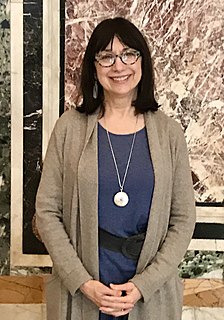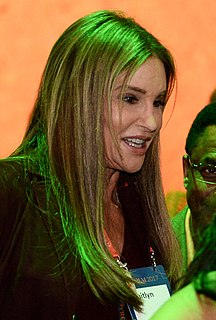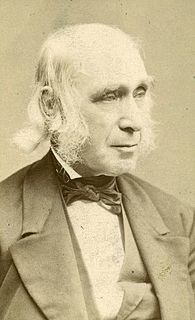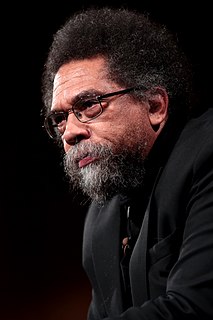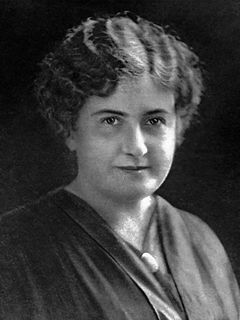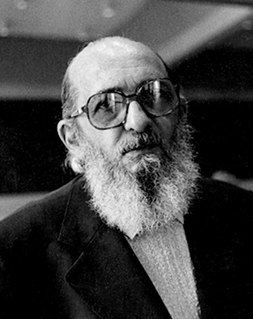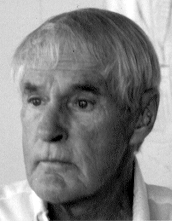A Quote by Maryanne Wolf
The act of learning to read added an entirely new circuit to our hominid brain's repertoire. The long developmental process of learning to read deeply changed the very structure of that circuit's connections, which rewired the brain, which transformed the nature of human thought.
Related Quotes
As work in neurosciences indicates, the acquisition of literacy necessitated a new circuit in our species' brain more than 6,000 years ago. That circuit evolved from a very simple mechanism for decoding basic information, like the number of goats in one's herd, to the present, highly elaborated reading brain.
Neuroscientists talk a lot about brain circuits. In fact, the word 'circuit' is probably misleading. We do not know where most circuits begin and end. And unlike an electrical circuit, brain connections are heavily reciprocal and recursive, so that a direction of information flow can be inferred but sometimes not proven.
We’re now recognizing that the mind, which is an energetic field of thought which you can read with EEG wires on your brain or with a new process called magnetoencephalography (MEG), which reads the field without even touching the body. So it basically says that when you’re processing with your brain, you’re broadcasting fields.
Each young reader has to fashion an entirely new 'reading circuit' afresh every time. There is no one neat circuit just waiting to unfold. This means that the circuit can become more or less developed depending on the particulars of the learner: e.g., instruction, culture, motivation, educational opportunity.
The same plasticity that allows us to form a reading circuit to begin with, and short-circuit the development of deep reading if we allow it, also allows us to learn how to duplicate deep reading in a new environment. We cannot go backwards. As children move more toward an immersion in digital media, we have to figure out ways to read deeply there.
We live in the Age of the Higher Brain, the cerebral cortex that has grown enormously over the last few millennia, overshadowing the ancient, instinctive lower brain. The cortex is often called the new brain, yet the old brain held sway in humans for millions of years, as it does today in most living things. The old brain can't conjure up ideas or read. But it does possess the power to feel and, above all, to be. It was the old brain that caused our forebears to sense the closeness of a mysterious presence everywhere in Nature.
From watching my own mind deteriorate circuit by circuit, I learned that every ability I have, from wiggling my finger to creating language, is dependent on a group of cells inside of my brain functioning in a healthy, happy way. I realized in order to get well I had to make the cells that performed those functions well again. It gave me an entirely different way to look at myself as an individual and at all of us as people.
